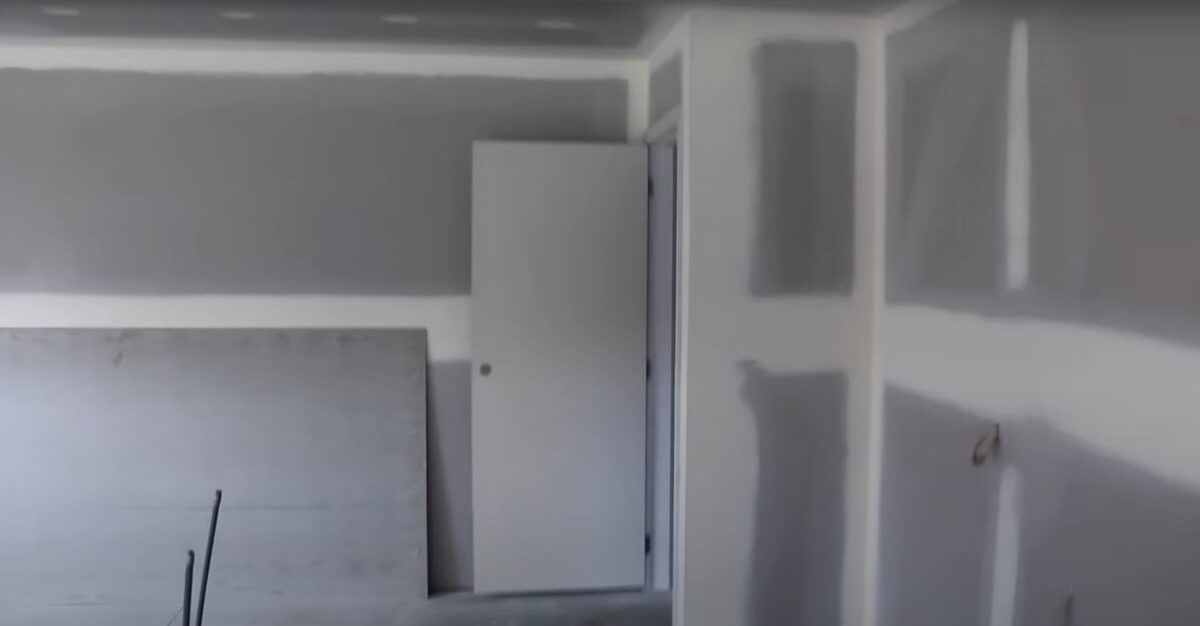Gib Stopping and Plastering: Definitions and Distinctions
In the world of Auckland construction, gib stopping and plastering are two frequently heard terms. While they may appear similar, their application and purpose present a stark contrast. Gib stopping, more often known as ‘taping and jointing’, is the process of sealing the joints between installed plasterboard (or Gib in New Zealand) panels to create a uniform, smooth surface. On the other hand, plastering involves the application of several layers of plaster onto walls, ceilings, or partitions to form a sturdy and decorative surface.
The Environmental Angle
Both gib stopping and plastering can contribute to sustainable construction practices. Plaster, especially lime-based plasters, are naturally occurring materials with low embodied energy. On the flip side, the plasterboard used in gib stopping can be recycled, reducing landfill waste and the need for raw gypsum mining.
Auckland’s Diverse Plastering Styles
Travelling around the suburbs of Auckland, one can notice a wide variety of plastering styles. The classic villas of Ponsonby often showcase solid plastering, with its smooth, sturdy finish. Alternatively, in trendy suburbs like Mount Eden, stucco and textured plasters on exterior walls are more common. Out in Pokeno or Albany, more modern homes utilise the convenience and efficiency of gib stopping, often for interior walls and ceilings.
Health and Safety in Practice
Under New Zealand’s Health and Safety at Work Act, both gib stoppers and plasterers must comply with several regulations. These include wearing the appropriate Personal Protective Equipment (PPE), such as safety glasses, gloves, and dust masks, and maintaining a clean and hazard-free work environment.
Understanding Auckland Council Regulations
Certain Auckland Council bylaws could impact gib stopping and plastering work. For instance, in heritage suburbs like Remuera or Epsom, any exterior plastering work must maintain the architectural integrity of the neighbourhood. Meanwhile, in the North Shore district, any substantial interior renovations, including extensive gib fixing and stopping, might require a resource consent.
Auckland Plasterers and Gib Stoppers: The Craftsmen of Choice
With gib installation, fixing, and stopping, as well as plastering walls, being popular across Auckland, professional services are in high demand. These tradespeople bring expertise in handling gib plasterboard for ceilings or walls, ensuring a smooth finish. Whether it’s gib stopping rates NZ homeowners need to consider, or the services of an exterior plasterer Auckland residents require, finding the right professionals is key to achieving a high-quality finish.
In conclusion, while gib stopping and plastering both contribute to the final look of a building, they are distinctly different practices. Recognising these differences can help homeowners make informed decisions when undertaking renovations or new building projects.
